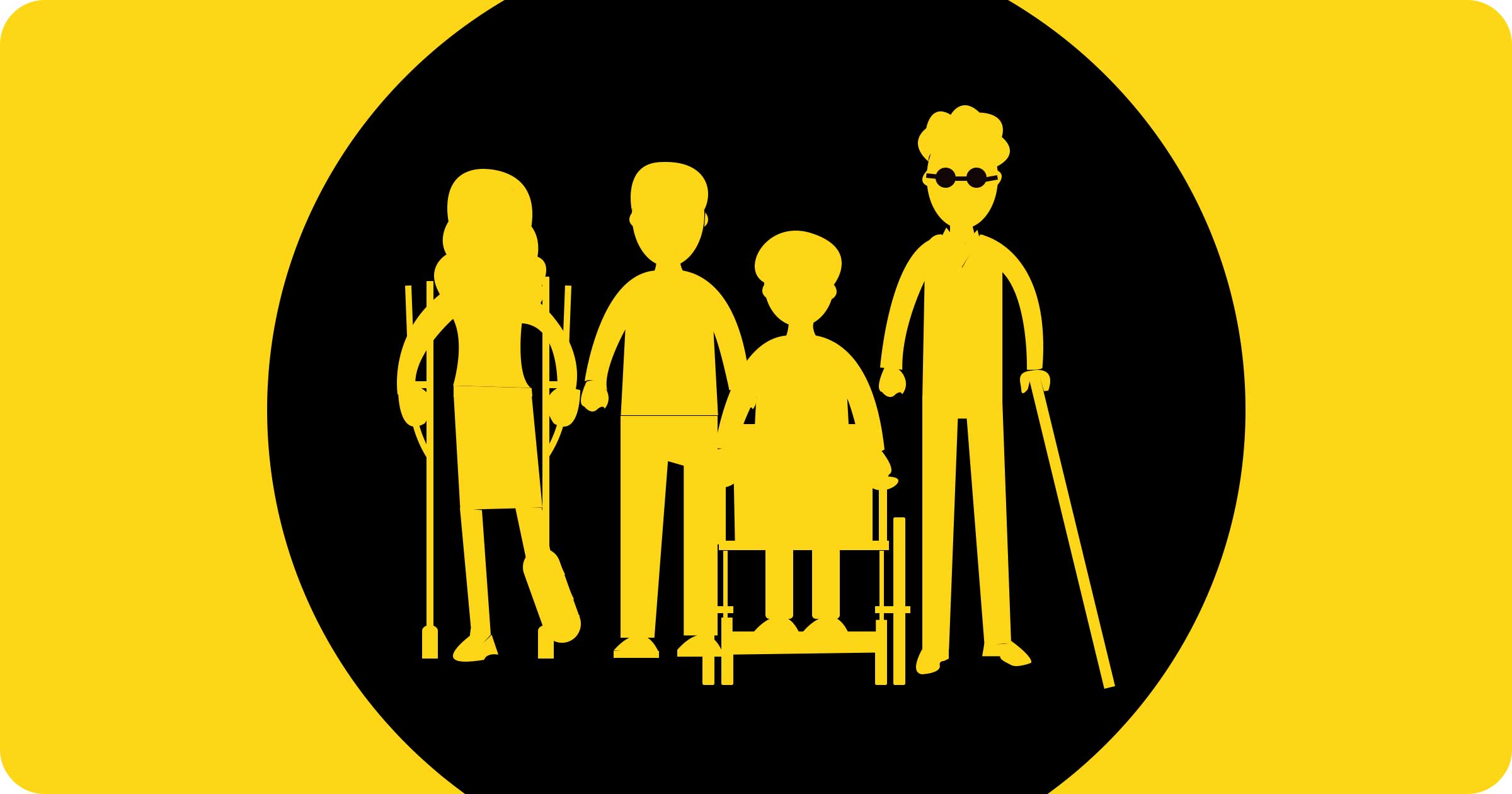How you evacuate someone with an impairment is heavily influenced by which kind of disability they have. Some people may also experience multiple disabilities, while others may have impairments with symptoms that fluctuate. But no matter their condition, people with disabilities need a solution for fast and safe evacuation in the event of an emergency.
We share our tips on developing emergency procedures before touching on why evacuation chairs are so valuable to safely evacuating people with disabilities. But before unpacking our insights, we must first explore how different kinds of impairment impact evacuation procedures.
What Are the Most Common Evacuation Challenges?
During an emergency, the speed of evacuation takes priority. Ensuring fast evacuation requires planning for the following challenges:
- Knowing how to move people with disabilities — generally speaking, the person with the disability is the best authority on how to be moved. But in emergencies, evacuees may be incapacitated or they may not be able to communicate their disability. In these instances, responders may not understand what assistance is required.
- Difficulties of movement — evacuations often require moving people over distance, up and down stairs, and through narrow passages. Without the right mobility solutions, these factors prevent efficient and safe evacuation.
- Whether evacuees understand that there is an emergency — depending on the building’s alarm system, people with hearing, sight, respiratory, or cognitive impairments may not perceive that they are in an emergency. Not knowing their situation limits how well they can respond to danger.

Tips For Evacuating Someone With a Disability
How do you evacuate someone with a disability? The answer relies on developing a comprehensive evacuation plan and securing an evacuation solution. For most instances, this means sourcing an evacuation chair that is designed to transport people with disabilities.
What your evacuation plan should include
Evacuation plans for any building should include a map of ideal circulation paths — these paths represent continuous and unobstructed ways of travel from any point in a building to a point of safety. Everyone who uses the building should be aware of these circulation paths and they should be easily available for emergency responders.
Directions to and through the usable circulation path should be made clear and can include signage, oral instructions passed between people, and broadcasts over a public address system. To improve accessibility, elements like ramps and safety rails should be added to circulation paths.
Finally, alarm systems need to combine audible and visible outputs. While audible alarm systems are common, an easy solution for alerting those with hearing impairments includes repeatedly switching lights on and off. Once these measures are put in place, most people with disabilities will be able to evacuate buildings on their own. But others may struggle to leave without assistance. This is why many building managers, responders, and households invest in evacuation chairs.
Why evacuation chairs are so valuable in an emergency
Evacuation chairs are specially constructed for evacuating non-ambulatory persons. By enabling one assistant to easily transport someone through passageways and down stairs, evacuation chairs eliminate the movement challenges impacting evacuations.
Significantly, these chairs ensure fast and safe evacuation for a range of impairments. So whether someone is mobility or visually impaired — or they’re struggling to breathe — an evacuation chair will lead to efficient evacuations. And in buildings where stairlifts are installed, evacuation chairs provide speedier exits.
For related information on evacuation chairs read our Ultimate Guide To Emergency Evacuation Chairs.
Crafting Foolproof Emergency Evacuation Procedures
Adopting the above guidelines is crucial to creating robust evacuation procedures. Of course, being able to put your plan into action is crucial to guaranteeing everyone’s safety. To this end, be sure to rehearse your emergency evacuation procedure so that those people with disabilities can easily evacuate if the need ever arises.
Considering how effective evacuation chairs are at moving people with disabilities, sourcing a chair should be a part of any evacuation plan. Fortunately, evacuation chairs are available at a lower price compared with stair chairs that are meant for everyday use.
At Mobile Stairlift, we provide durable and lightweight evacuation chairs that can safely traverse narrow spaces and staircases. Learn more about our EZ Evacuation Chairs and see how our product can help prepare you for any emergency.



